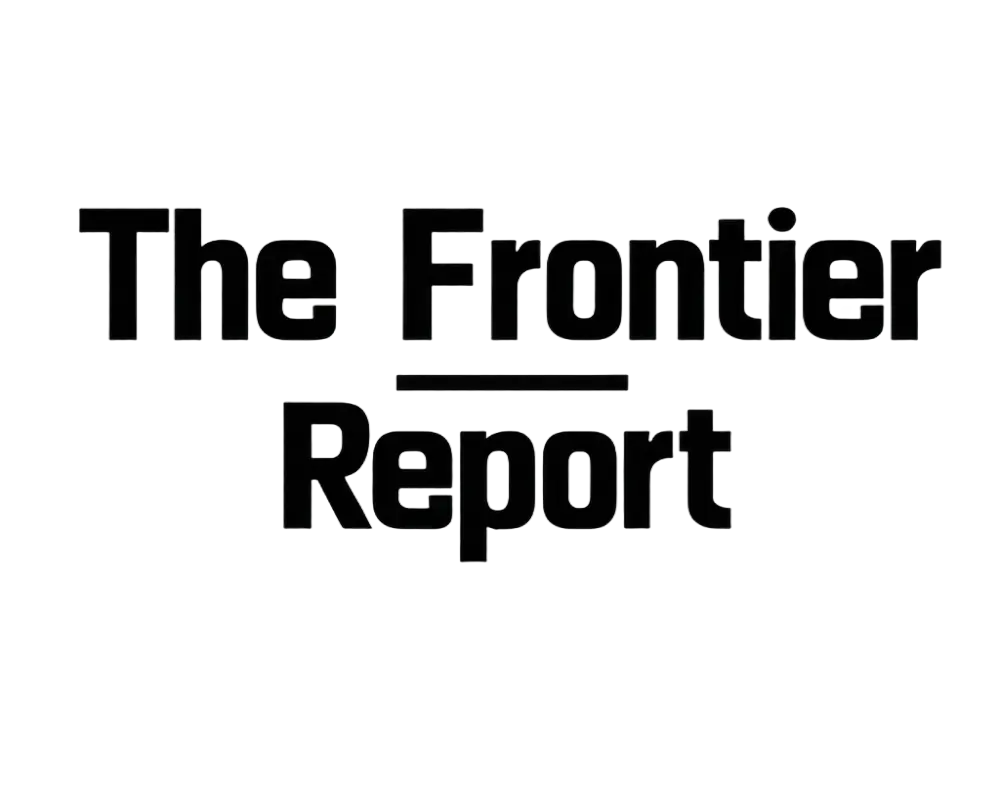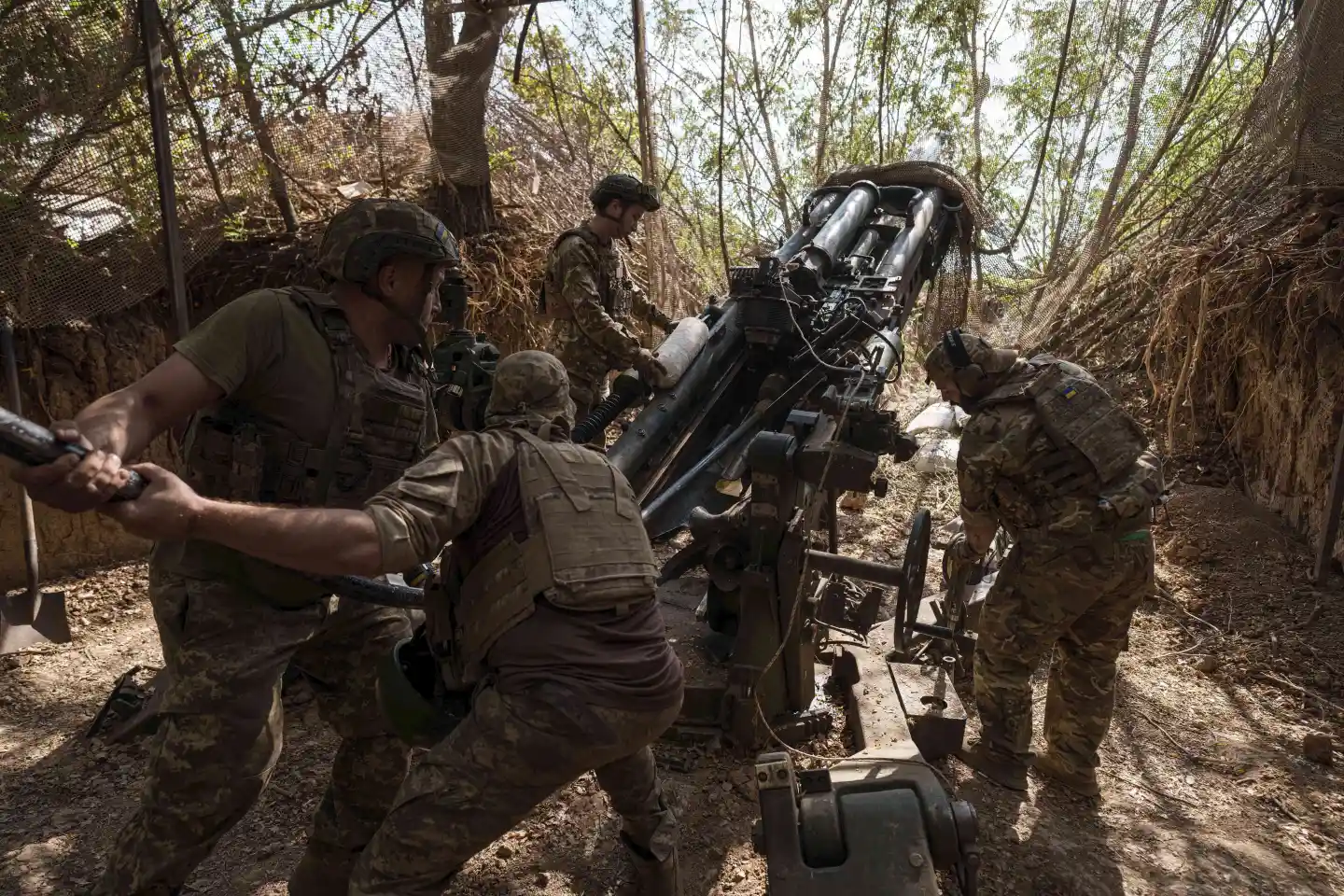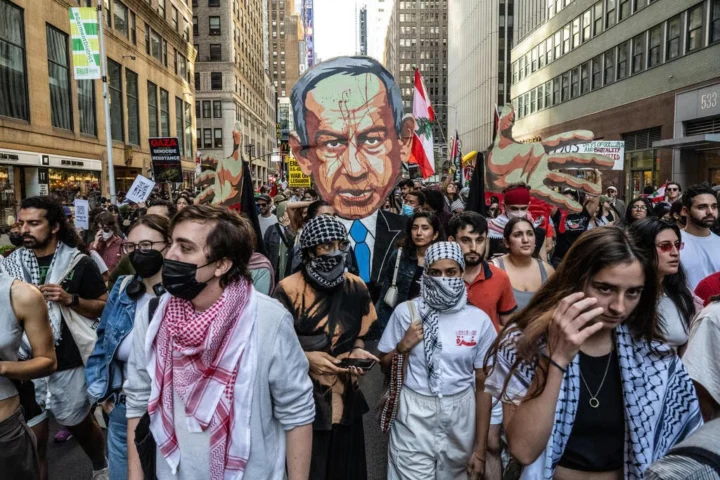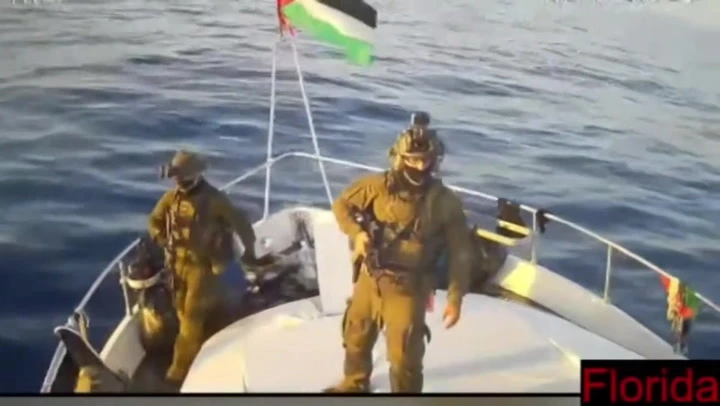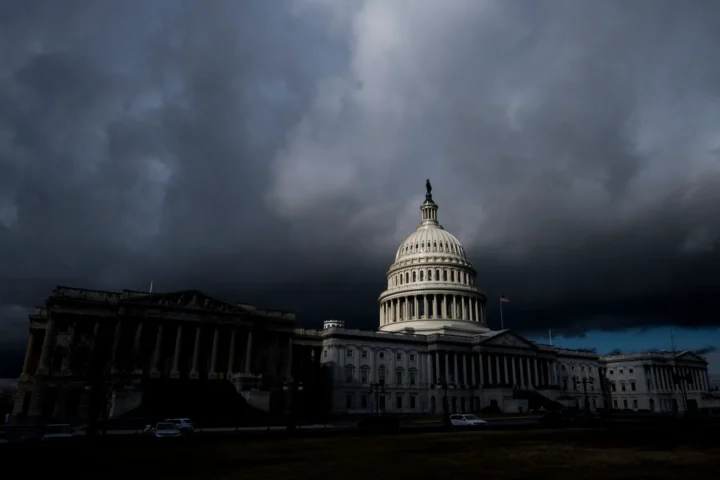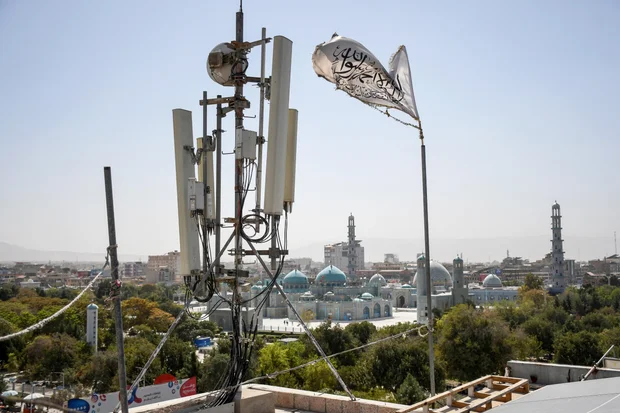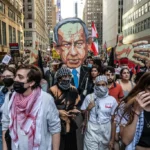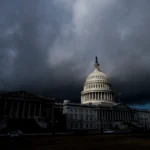The war in Ukraine just got worse. Russian troops have pushed into Dnipropetrovsk, opening another front as peace efforts stall. At the same time, Ukraine’s drone strikes are hitting Russian fuel infrastructure, causing shortages and economic strain inside Russia. Both sides are locked in and are not stopping anytime soon. Four years in, the war isn’t ending — it’s digging in deeper.
New Fighting in Dnipropetrovsk
Russian forces have crossed into Ukraine’s Dnipropetrovsk region, making it the eighth region hit by direct ground fighting since the full invasion began. Villages like Novoheorhiivka and Zaporizke are now war zones. Neither side has firm control, but the combat is fierce.
Ukraine says this is part of Russia’s plan to stretch its defenses — opening up more fronts to force Kyiv to spread troops and supplies thinner. Ukrainian commanders admit the pressure is rising, but they say these advances aren’t deep or fortified. Still, it’s another blow. Each new Russian push chips away at Ukraine’s stability and forces new responses.
For people living there, the news is grim. Families in small towns are leaving, fearing what’s coming. Cities nearby are preparing for more missile and drone strikes. Ukraine’s military now has to shift even more people and equipment to hold the line — putting added strain on already stretched supply lines.
Ukrainian Drones Hit Russian Fuel Supplies
While Russian troops move forward, Ukraine is striking back by air. Over the past few weeks, drones have hit oil refineries deep inside Russia — in places like Ryazan and Volgograd. The attacks have cut Russian fuel output by about 250,000 barrels a day.
The damage is piling up. Russia responded by banning gasoline exports through September and tightening fuel rules through October. Cities like Moscow are still stocked, but places like Crimea and the Far East are feeling it. Gas stations are seeing long lines. Prices are climbing. Anger is growing.
Ukraine isn’t hiding the goal. These strikes are meant to slow Russia down. Fuel powers tanks, trucks, and jets. If the fuel runs low, so does Russia’s ability to keep fighting at scale. It’s economic warfare — less about damage now and more about draining Russia’s capacity over time.
Still, it’s risky. Some Western allies are nervous. Striking deep inside Russia could provoke a bigger response. It also complicates fragile peace talks. But from Ukraine’s view, drones are one of the few ways left to hit Russia hard without putting more soldiers at risk.
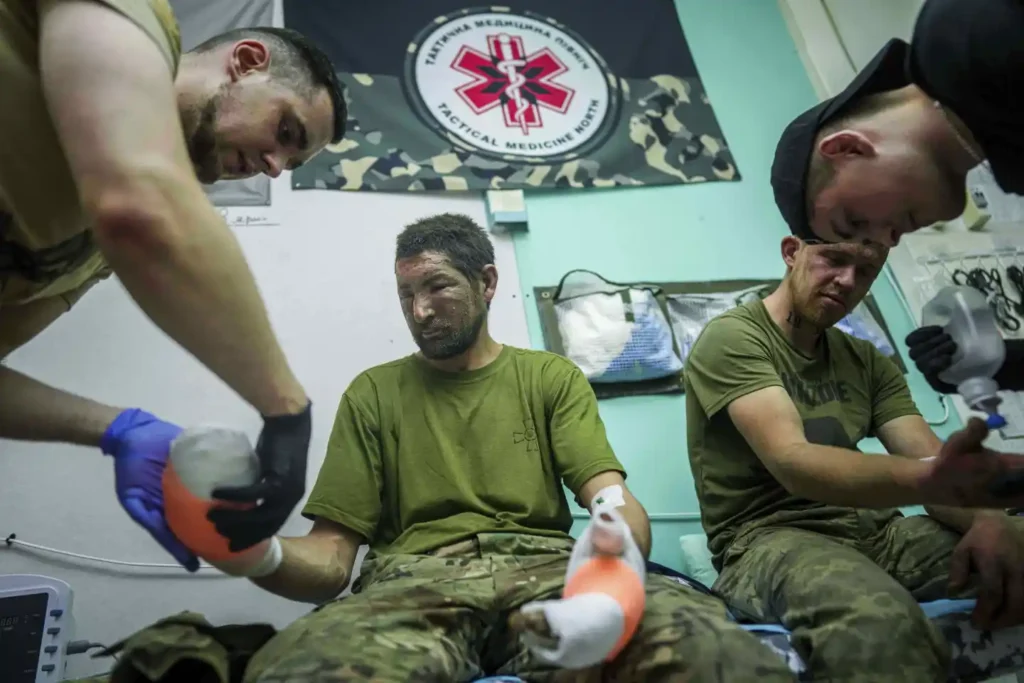
No Deal, No Progress, No End in Sight
As the war spreads, peace talks remain frozen. U.S. President Donald Trump says he’s frustrated with Vladimir Putin’s refusal to engage. European leaders have proposed including NATO troops in any future Ukraine security deal — an idea Russia flat-out rejected.
The Kremlin says NATO involvement is a red line and blames it for starting the war. Instead, Moscow is pushing an old idea: that Russia itself should be part of Ukraine’s security future — a plan Ukraine completely rejects. Ukraine wants independence, not more Russian control. That gap is too big to close.
Neither side is budging. Ukraine won’t accept peace that looks like surrender. Russia won’t accept a future where Ukraine is tied to the West. So, the war grinds on. More dead. More displaced. No solution in sight.
Now, with Dnipropetrovsk under attack and Russian fuel lines under pressure, the war is turning into a long, drawn-out grind. There are no breakthroughs. Just a slow, brutal back-and-forth that wears down both sides. And the people stuck in the middle — civilians on both sides of the front — keep paying the price.

